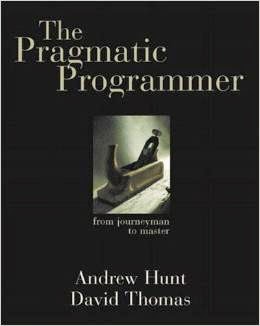Having the best ideas, the finest code, or the most pragmatic thinking is ultimately sterile unless you can communicate with other people. A good idea is an orphan without effective communication.
Know What You Want to Say
Plan what you want to say. Write an outline. Then ask yourself. "Does this get across whatever I'm trying to say?". Refine it until it does.Know Your Audience
You're communicating only if you're conveying information. To do that, you need to understand the needs, interests, and capabilities of your audience.- What do you want them to learn?
- What is their interest in what you've got to say?
- How sophisticated are they?
- How much detail do they want?
- Whom do you want to own the information?
- How can you motivate them to listen to you?
Choose Your Moment
Sometimes all it takes is the simple question, "Is this a good time to talk about...?"Choose a Style
Some people want a formal "just the facts" briefing. Others like a long, wide-ranging chat before getting down to business.Make It Look Good
Your ideas are important. They deserve a good-looking vehicle to convey them to your audience.Involve Your Audience
If possible, involve your readers with early drafts of your document. Get their feedback and pick their brains.Be a Listener
There's one technique that you must use if you want people to listen to you: listen to them.Encourage people to talk by asking questions, or have them summarize what you tell them. Turn the meeting into a dialog, and you'll make your point more effectively. Who know, you might even learn something.
Get Back to People
If you ask someone a question, you feel they're impolite if they don't respond. Always respond to e-mails, even if the response is simply "I'll get back to you later". Keeping people informed makes them far more forgiving of the occasional slip, and makes them feel that you haven't forgotten them.TIP 10: It's Both What You Say and the Way You Say It.
Unless you work in a vacuum, you need to be able to communicate. The more effective that communication, the more influential you become.






